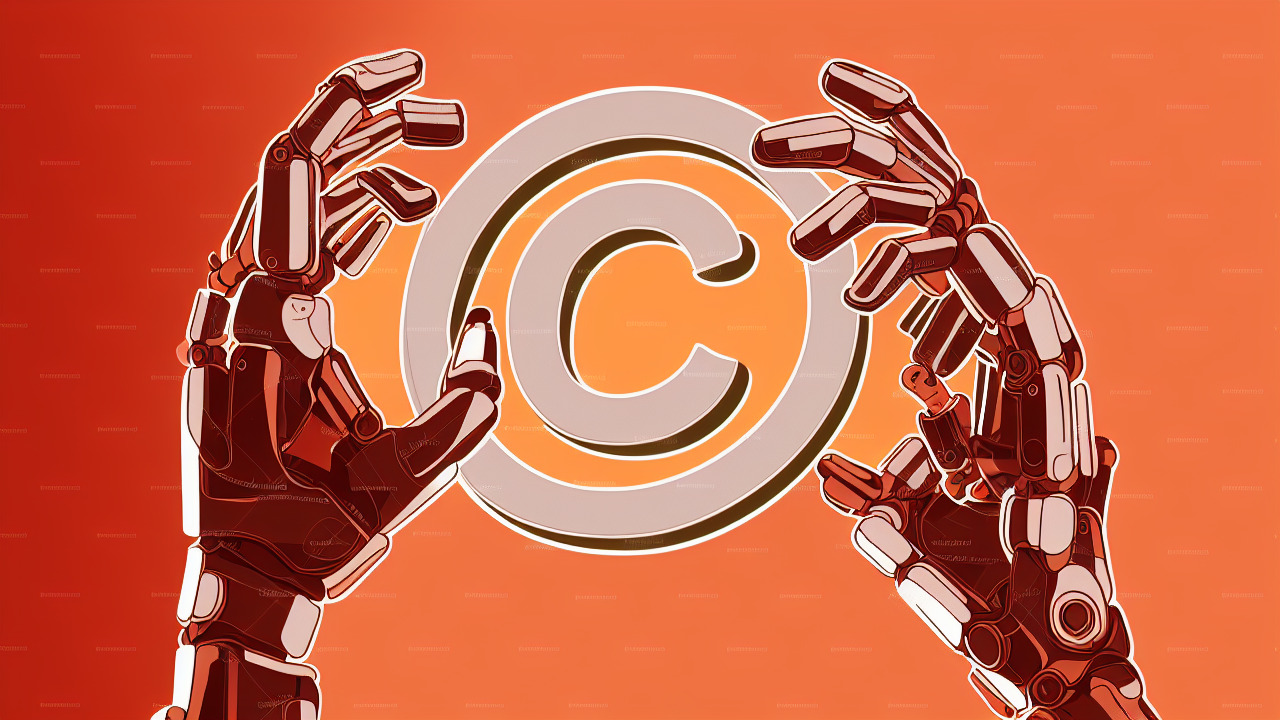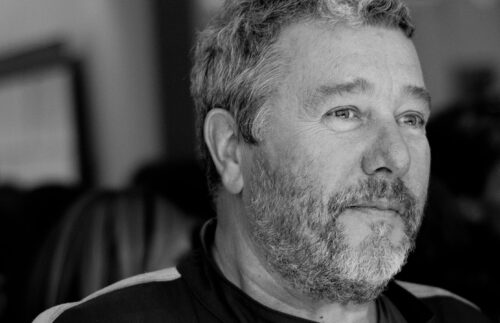A few weeks ago, the Supreme Court of the United States issued its ruling in the case between the Andy Warhol Foundation for the Visual Arts and photographer Lynn Goldsmith. This case marks a significant decision on the issue of fair use, and its implications are expected to reshape future fair use rulings in lower courts. Currently, the most pressing fair use issue in lower courts revolves around generative AI. Numerous major players in the AI industry, including Stability AI, GitHub, Midjourney, and others, are facing copyright infringement lawsuits. These lawsuits are just beginning, and the field of AI and copyright is still
relatively uncharted territory.
Given this context, it is worth exploring what the Warhol ruling might mean for the future of AI. In simple terms, AI companies should be concerned about the implications of the Warhol decision, as it does not bode well for them.
In 1981, Lynn Goldsmith took a photograph of musician Prince, which she later licensed to Vanity Fair Magazine. The magazine commissioned Andy Warhol to create a painting based on Goldsmith’s photograph for their cover. However, after Prince’s death in 2016, Vanity Fair discovered that Warhol had created an entire series of paintings based on Goldsmith’s photograph, including the image called “Orange Prince” which they licensed from the Andy Warhol Foundation.
Goldsmith argued that the paintings, including “Orange Prince” were not
licensed and infringed upon her original work. The Andy Warhol Foundation
filed a lawsuit seeking a declaratory judgment of non-infringement. The case
eventually reached the Supreme Court, which ruled in favor of Goldsmith.
While the court acknowledged the transformative nature of Warhol’s work,
they concluded that it directly competed with and replaced Goldsmith’s
original photograph, citing the fact that Vanity Fair licensed the painting
instead of the photograph.
Although this decision may seem minor in terms of adhering to fair use
principles, it represents a significant shift from the way fair use has been
determined in recent decades. Since 1994, the question of transformativeness
has been the primary focus in fair use cases, often serving as the sole factor in
the analysis. This has led to controversial rulings involving artists like Richard Prince and Jeffrey Koons.
The Warhol ruling changes this approach. It clarifies that while
transformativeness remains an important consideration, it is not the sole factor or even the primary element of the first fair use factor.
This shift directly impacts AI companies, as they have relied heavily on the argument of transformative use to support their fair use claims. AI algorithms work by processing vast amounts of copyrighted material without permission from the original creators. AI companies have argued that their use of this source material falls under fair use due to the transformative nature of the AI-generated works. Until the Warhol ruling, this argument seemed strong based on the historical weight given to transformative uses in
fair use analyses, especially when AI produces “original” content. However, the Warhol ruling weakens this argument. By refocusing the discussion away from transformativeness, the Supreme Court undermines the main pillar of AI companies’ fair use claims. Transformativeness must now be considered alongside other factors, notably how the new work competes with or replaces the original work in the marketplace.
This is a discussion AI companies are likely reluctant to have. For example, stock photographers can easily demonstrate that AI-generated works compete with stock photos, and journalists can show how AI-generated text replaces news articles. Moreover, AIs are often designed to produce works in the style of specific artists, directly competing with those artists’ creations. To be clear, this doesn’t guarantee victory for those suing AI companies. The issue remains complex, and the Supreme Court emphasized that transformativeness still holds significance, leaving room for AI companies to present arguments in their favor.








